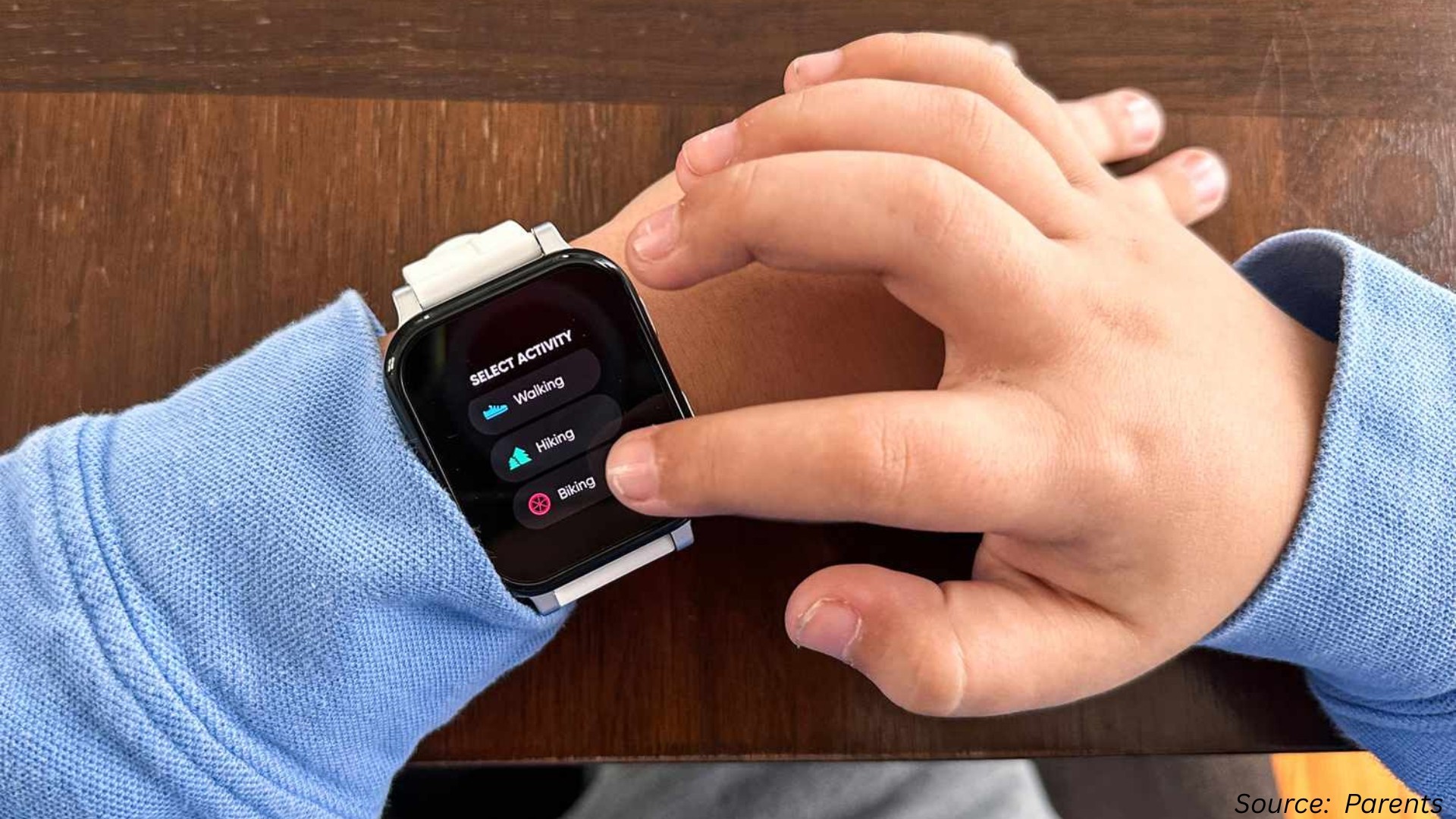
Europe Power Bank Market by Battery Capacity (Upto 5000 mAh, 5001-10000 mAh, 10001-20000 mAh, Above 20000 mAh), by Battery Type (Lithium-ion (Li-ion) and Lithium-Polymer (Li-Po)), by Portability (Mini Power Banks, Compact Power Banks, and Larger High Capacity Power Banks), by Charging Technology Type (MagSafe or Wireless Charging Support and Standard Charging Support) and Others– Opportunity Analysis and Industry Forecast, 2024 – 2030
Industry: Retail and Consumer | Publish Date: 14-Feb-2025 | No of Pages: 373 | No. of Tables: 394 | No. of Figures: 359 | Format: PDF | Report Code : RC1465
Market Definition
Europe Power Bank Market size was valued at USD 395.22 million in 2023, and is predicted to reach USD 515.10 million by 2030, with a CAGR of 3.4% from 2024 to 2030.
The power bank industry is dedicated to designing, manufacturing, and distributing portable charging devices. These devices, typically equipped with lithium-ion or lithium-polymer batteries, are engineered to store electrical energy and provide on-the-go charging for many portable electronic devices such as smartphones, tablets, digital cameras, and laptops. The industry has evolved rapidly, responding to the increasing reliance on mobile devices and the consequent need for portable power solutions.
The advantages of power banks are numerous and significant. Their primary benefit lies in their portability, allowing users to charge electronic devices without a stationary power source. This feature mainly benefits people who travel frequently or engage in outdoor activities. Moreover, power banks are designed to be compact and lightweight, enhancing their convenience.
Additionally, modern power banks are available in various capacities, enabling them to store enough energy to charge multiple devices or provide several charges to a single device, which is especially useful during extended periods away from traditional power sources. However, the environmental impact of these devices, particularly the production and disposal of lithium batteries, is a concern, necessitating proper recycling and disposal methods to minimize their ecological footprint.
Europe's Focus on Renewable Energy and Sustainable Products Fuels Power Bank Market Growth
In Europe, a pronounced emphasis on renewable energy and sustainable products has significantly shaped consumer preferences, leading to a surge in the popularity of eco-friendly power bank options. Government policies and initiatives advocating for the use of renewable energy sources have provided a substantial impetus to the market, particularly for solar-powered power banks.
As consumers align their choices with environmental consciousness, the demand for power banks harnessing solar energy has gained substantial traction. This trend not only reflects a broader commitment to sustainability but also underscores the pivotal role of governmental support in fostering a market for eco-friendly charging solutions.
High Smartphone Penetration Rate and Increasing Ownership of Connected Devices Boosts demand for Power Banks
The market's growth is significantly driven by the high smartphone penetration rate and the growing ownership of connected devices throughout Europe. As smartphones and other Internet of Things (IoT) devices increasingly integrate into daily routines, the demand for dependable power sources to ensure the continuous operation of these devices has become increasingly evident. These patterns, combined with the economic stability and strong purchasing power of consumers in the region, are propelling the European power bank market towards continuous growth and ongoing innovation.
Environmental Challenges Restricting Power Bank Market Growth
The growth of the power bank market is being hindered by its environmental impact, primarily stemming from the production and disposal of lithium batteries. The manufacturing process of lithium-ion batteries involves toxic metals and significant energy consumption, leading to greenhouse gas emissions.
Innovations in Battery Technology to Create Future Market Prospects for Power Banks
Growing technological innovations in battery technology, particularly with the development and incorporation of graphene batteries is poised to create ample opportunities for the power bank market in the future. Graphene, known for its superior conductivity exceeding that of copper, is emerging as a revolutionary material in the field of energy storage and transmission. The application of graphene in power bank technology significantly enhances their potential, distinguishing them from traditional lithium-ion counterparts. Graphene-based power banks demonstrate a markedly extended lifespan, a pivotal attribute for consumer electronics.
This technological evolution is not only expected to elevate the performance standards of power banks but also introduces an element of sustainability and cost-effectiveness. The integration of graphene batteries is thus not merely an advancement in battery technology, but also represents a paradigm shift in the power bank market, setting new benchmarks for efficiency, sustainability, and user convenience.
The Russia Holds the Dominant Market Share in the Europe Market
A significant driver for the power bank market in Russia is the increasing demand for mobile accessories. According to data from the Hong Kong Trade Development Council (HKTDC), the smartphone accessories market in Russia experienced a remarkable 50% growth in the first nine months of 2021. This surge is primarily attributed to the rising prevalence of wireless charging systems, indicating a consumer preference for advanced and convenient charging solutions.
The study also reveals that about 25% of Russian smartphone purchasers opt to buy an additional charger, leading to the sale of 4.5 million units, valued at approximately USD 79.28 million during the first three quarters of 2021. This trend is a clear indicator of the growing market for power banks, as consumers seek additional charging options for their devices.
Poland is Expected to Show Steady Growth in the Europe Power Bank Market
The recent institutionalization of remote working in Poland's labor code has further impacted the power bank market. The legislation signed into law by President Andrzej Duda in January 2023 makes remote working a permanent option in the Polish labor market. This new normal in the work environment has increased reliance on electronic devices such as smartphones, laptops, and tablets, essential tools for remote work.
Consequently, there is a growing need for power banks to ensure these devices remain charged throughout the day, irrespective of the user's location. These developments create a conducive environment for the increased demand and usage of power banks, positioning them as essential tools in the evolving landscape of digital connectivity and mobile work culture in Poland.
Competitive Landscape
The Europe Power Bank industry includes several market players such as Anker Innovations Co. Ltd., Xiaomi Corporation, Samsung Electronics Co., Ltd., Guangdong Oppo Mobile Telecommunications Corp., Ltd. (Realme, OnePlus), Lenovo Group Limited, Zagg Inc. (Mophie), Belkin International, Inc., Ambrane India Pvt Ltd., Baseus, Veger Power Inc.
Europe Power Bank Market Key Segments
By Battery Capacity
-
Up to 5,000 mAh
-
5,001 to 10,000 mAh
-
10,001 to 20,000 mAh
-
Above 20,000 mAh
By Battery Type
-
Lithium-Ion (Li-Ion)
-
Lithium-Polymer (Li-Po)
By Portability
-
Mini Power Banks
-
Compact Power Banks
-
Large High-Capacity Power Banks
By Charging Technology Type
-
Magsafe or Wireless Charging Support
-
Standard Charging Support
By Number of Ports
-
1 to 2 Ports
-
3 to 5 Ports
-
More than 5 ports
By Design
-
Standard Power Banks
-
Rugged Power Banks
By Display Technology
-
Power Banks with Display Technology
-
Power Banks without Display Technology
By Compatibility
-
Universal Power Banks
-
Device-Specific Power Banks
By Power Output
-
Less than 15W
-
15-65W
-
66 to 200W
-
More than 200W
By Distribution Channel
-
E-commerce or Online
-
Offline
By Region
-
Europe
-
The UK
-
Germany
-
France
-
Italy
-
Spain
-
Russia
-
Sweden
-
Poland
-
Norway
-
Denmark
-
Netherlands
-
Finland
-
Rest of Europe
-
REPORT SCOPE AND SEGMENTATION:
|
Parameters |
Details |
|
Market Size in 2023 |
USD 395.22 Million |
|
Revenue Forecast in 2030 |
USD 515.10 Million |
|
Growth Rate |
CAGR of 3.4% from 2024 to 2030 |
|
Analysis Period |
2023–2030 |
|
Base Year Considered |
2023 |
|
Forecast Period |
2024–2030 |
|
Market Size Estimation |
Million (USD) |
|
Growth Factors |
|
|
Courtiers Covered |
12 |
|
Companies Profiled |
10 |
|
Market Share |
Available for 10 companies |
|
Customization Scope |
Free customization (equivalent up to 80 working hours of analysts) after purchase. Addition or alteration to country, regional, and segment scope. |
|
Pricing and Purchase Options |
Avail customized purchase options to meet your exact research needs. |
KEY PLAYERS
-
Anker Innovations Co. Ltd.
-
Xiaomi Corporation
-
Samsung Electronics Co., Ltd.
-
Guangdong Oppo Mobile Telecommunications Corp., Ltd. (Realme, OnePlus)
-
Lenovo Group Limited
-
Zagg Inc. (Mophie)
-
Belkin International, Inc.
-
Ambrane India Pvt Ltd.
-
Baseus
-
Veger Power Inc.

















 Speak to Our Analyst
Speak to Our Analyst





















